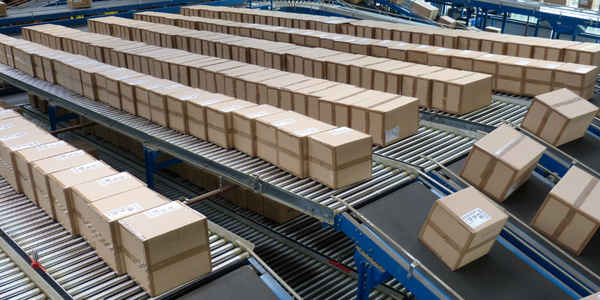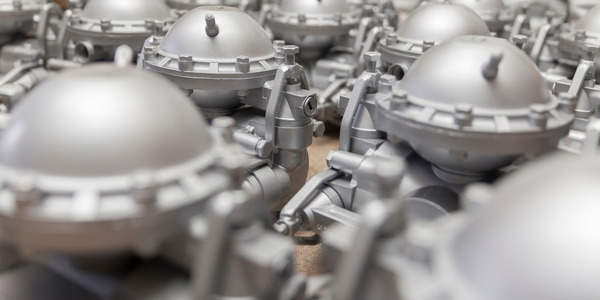Download PDF
Crimson Tide's Success in Formula SAE with Altair Tools
Technology Category
- Robots - Autonomous Guided Vehicles (AGV)
- Sensors - Haptic Sensors
Applicable Industries
- Automotive
- Packaging
Applicable Functions
- Product Research & Development
Use Cases
- Smart Parking
- Vehicle Performance Monitoring
Services
- System Integration
The Challenge
Crimson Racing, the University of Alabama’s Formula SAE team, has been participating in Formula SAE events across the United States for nearly two decades. Despite their long history, the team's most successful years have been the past five, thanks to a focus on understanding and justifying every component of their race cars. The team had made significant advancements, reducing the vehicle weight by nearly 200 pounds and advancing from a perennial 90th place to a Top 20 team in 2017. However, they set an ambitious goal to place in the top 10 at FSAE Michigan, which would require beating many of the best teams in the world. To achieve this, they decided to add a front and rear wing to their vehicle. This change, while significant for aerodynamics, also affected the structures of the vehicle, increasing loading, raising the center of gravity, and increasing the drag force which the powertrain system must overcome. The suspension team had to revalidate every load-bearing suspension component to ensure adequate strength and stiffness requirements would be met, a complex task when analyzing parts moving in three-dimensions.
About The Customer
Crimson Racing is the University of Alabama’s Formula SAE team, founded in 2001. They have competed in Formula SAE events across the United States, including events in Michigan, Nebraska, and Virginia. The team has a history spanning nearly two decades with Formula SAE, with the past five years being the most successful in team history. This success is attributed to a concerted focus on understanding and justifying every component on their race cars. Crimson Racing has made significant advancements in recent years, reducing the vehicle weight by nearly 200 pounds and advancing from a perennial 90th place to a Top 20 team in 2017. They have set ambitious goals for themselves, aiming to place in the top 10 at FSAE Michigan.
The Solution
To estimate the force inputs to the suspension, the team created an in-house tool to estimate vehicle performance when given basic vehicle dimensions, weights, and kinematic characteristics. From this tool, maximum tire loads were estimated for cornering, braking, and acceleration, and in combined scenarios at various speeds. With the assistance of Altair’s multibody dynamics software, MotionSolve, the team was able to build a model of the front and rear suspension by importing the geometric points, spring stiffnesses, anti-roll bar stiffnesses, and damping coefficients. Using these parameters, rigid bodies were created to represent all relevant suspension parts. The expected loads found from the tool were then set up as forces applied at the contact patch. Lastly, virtual sensors were placed on all suspension joints so forces and torques could be recorded and viewed in Altair’s post processor HyperView. With Altair’s help, the team was able to employ several design changes to significantly reduce the issue of high loads transmitted through the front pull-rod and the correspondingly high moments acting on the rocker.
Operational Impact
Quantitative Benefit
Related Case Studies.

Case Study
Integral Plant Maintenance
Mercedes-Benz and his partner GAZ chose Siemens to be its maintenance partner at a new engine plant in Yaroslavl, Russia. The new plant offers a capacity to manufacture diesel engines for the Russian market, for locally produced Sprinter Classic. In addition to engines for the local market, the Yaroslavl plant will also produce spare parts. Mercedes-Benz Russia and his partner needed a service partner in order to ensure the operation of these lines in a maintenance partnership arrangement. The challenges included coordinating the entire maintenance management operation, in particular inspections, corrective and predictive maintenance activities, and the optimizing spare parts management. Siemens developed a customized maintenance solution that includes all electronic and mechanical maintenance activities (Integral Plant Maintenance).

Case Study
IoT Data Analytics Case Study - Packaging Films Manufacturer
The company manufactures packaging films on made to order or configure to order basis. Every order has a different set of requirements from the product characteristics perspective and hence requires machine’s settings to be adjusted accordingly. If the film quality does not meet the required standards, the degraded quality impacts customer delivery causes customer dissatisfaction and results in lower margins. The biggest challenge was to identify the real root cause and devise a remedy for that.

Case Study
Monitoring of Pressure Pumps in Automotive Industry
A large German/American producer of auto parts uses high-pressure pumps to deburr machined parts as a part of its production and quality check process. They decided to monitor these pumps to make sure they work properly and that they can see any indications leading to a potential failure before it affects their process.








